Commodore 64 Silver (USA – ASSY 326298 – PET style Keyboard)
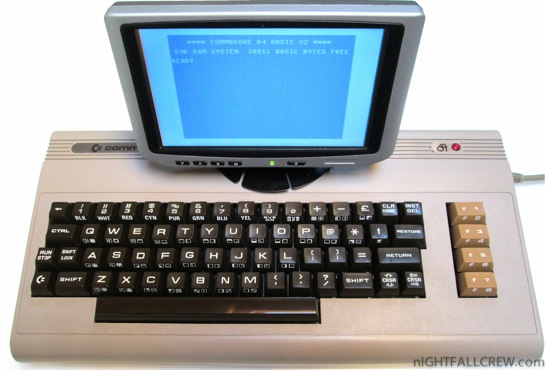
Most people will remember the Commodore 64 as the classic breadox with the rainbow label (logo). However, when Commodore released the first C64s, they didn’t have this label (logo), but had a silver logo with the text “Commodore” and a silver “64″ next to the power LED.
The keyboard of this C64 Silver is pretty rare and is absolutely identical in the shape to that of Commodore’s PET computer (however, on the Commodore 64 side the PET’s number pad was replaced by four wide function keys, the remaining holes are covered with tape).
The motherboard used is the the original Rev.A ASSY 3262980 with the Video Chip (VIC II) ceramic and has also a 5-pin video connector instead of the 8-pin connector that later boards had. It means there’s not separate chroma signal available in a 5-pin video connector. In other words: no S-Video, only composite available via the video port.
The Commodore 64, commonly called C64, C=64 (after the graphic logo on the case), occasionally CBM 64 (for Commodore Business Machines), or VIC-64, is an 8-bit home computer introduced in January 1982 by Commodore International.
Due to changes in the computing industry since its release, people claim it’s the highest selling computer of all time. This claim is disputed, because various changes were made to the “Commodore 64″, making the CP/M plug in cartridge incompatible with all but some 1982 production models, as well as the computer being revamped and placed into a new case, then its name changed to Commodore 64C, indicating that there were at least 3 different models in this range of computers.
Volume production started in early 1982, with machines being released on to the market in August at a price of US$ 595.[7][8] Preceded by the Commodore VIC-20 and Commodore PET, the C64 took its name from its 64 kilobytes (65,536 bytes) of RAM, and had favorable sound and graphical specifications when compared to contemporary systems such as the Apple II, at a price that was well below the circa US$1200 demanded by Apple, but the same couldn’t be said of the Tandy Color Computer, which was initially priced at $399.
source: wikipedia mos6502.com















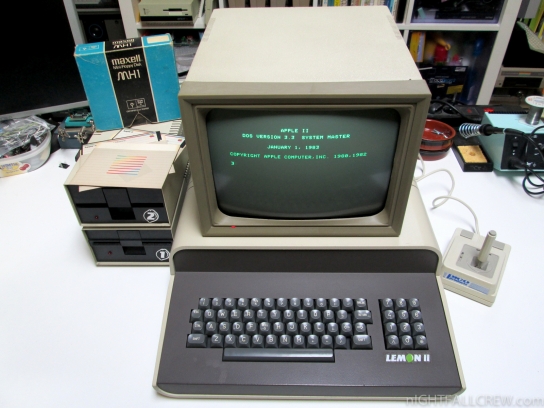















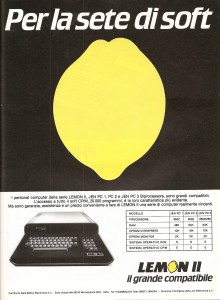 The computer Lemon II is a “perfect” clone of the Apple ][+ (
The computer Lemon II is a “perfect” clone of the Apple ][+ (



















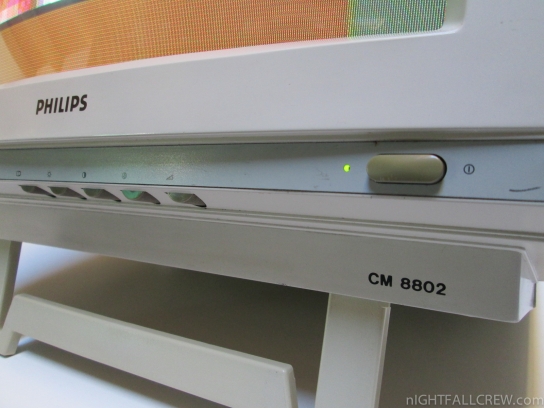




















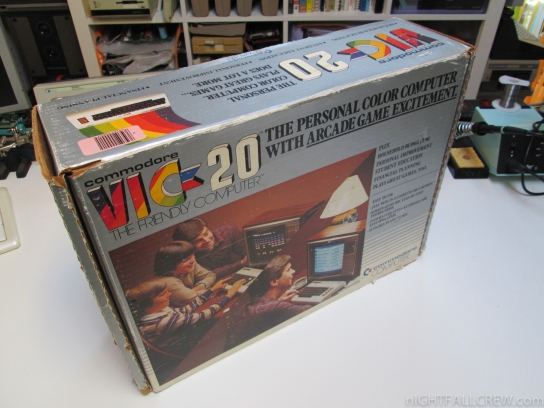















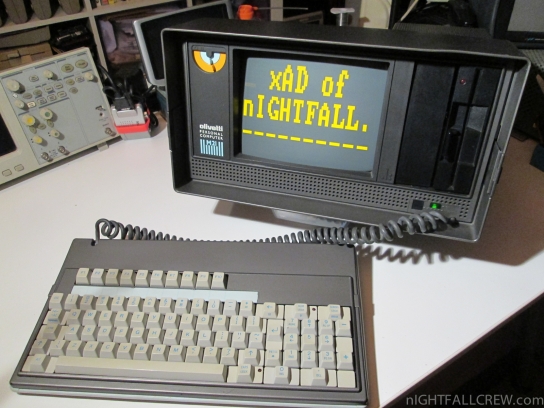



































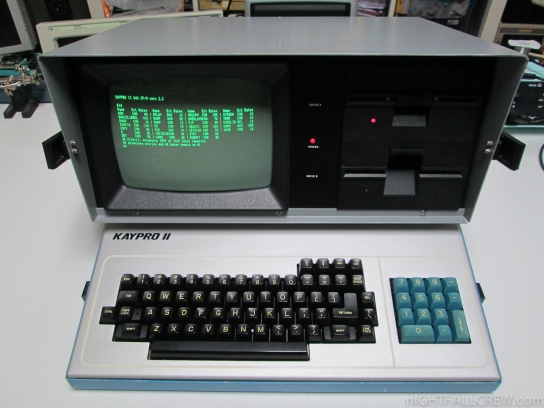


















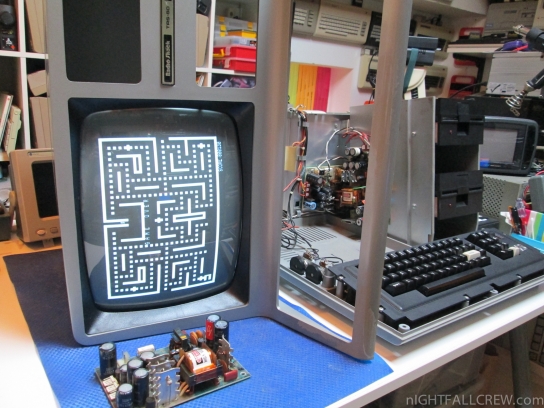






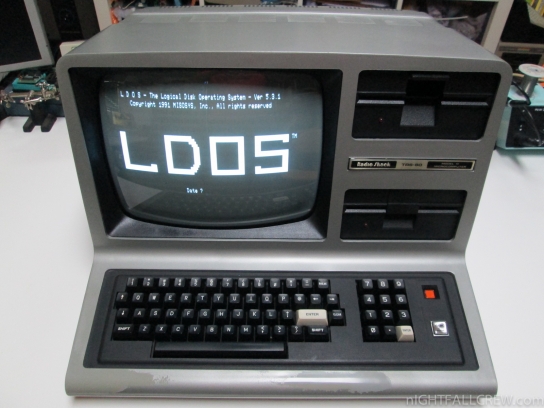















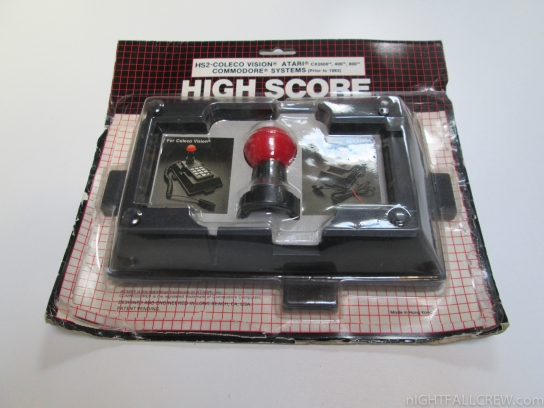






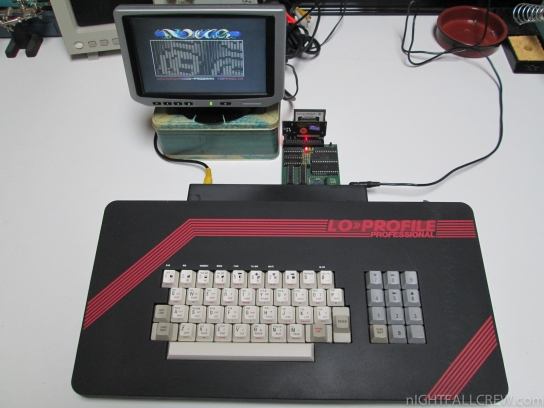












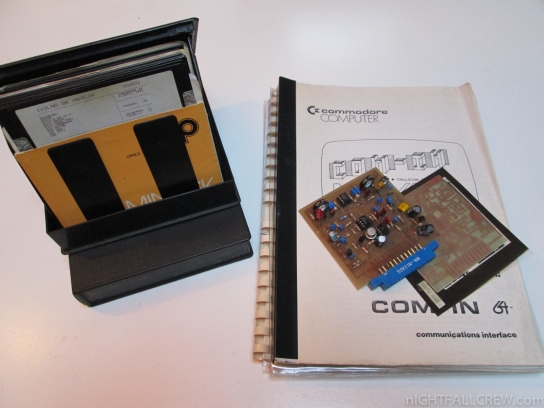











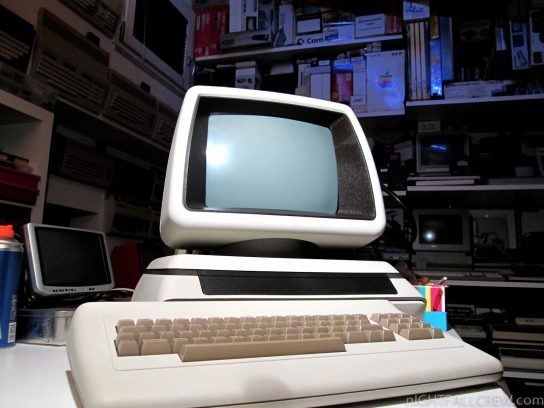






























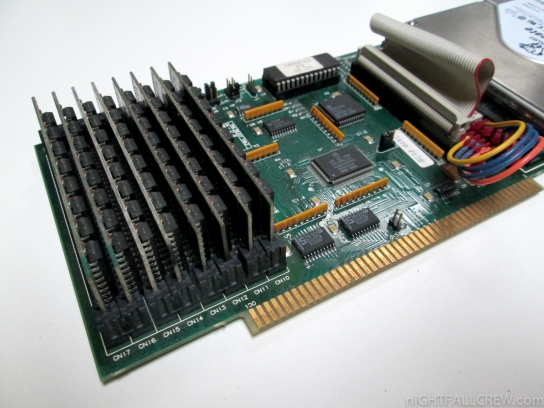









Recent Comments